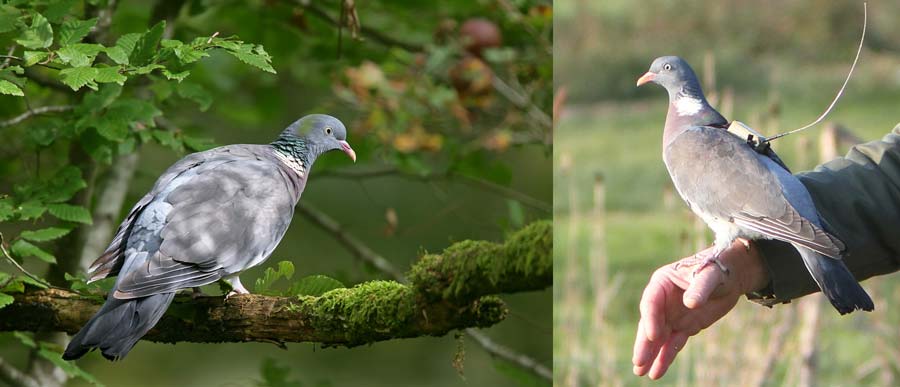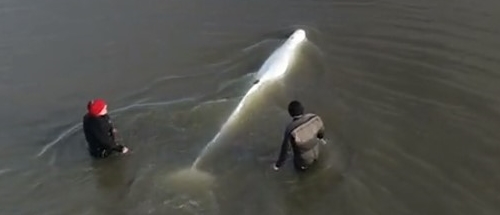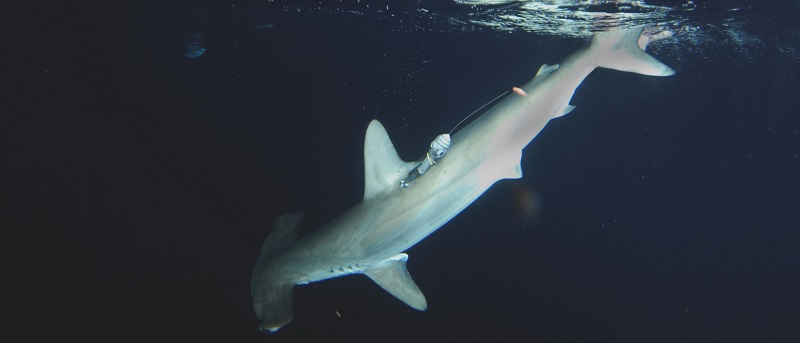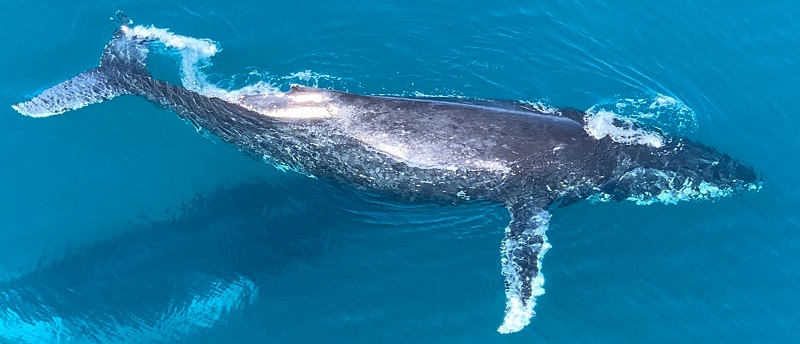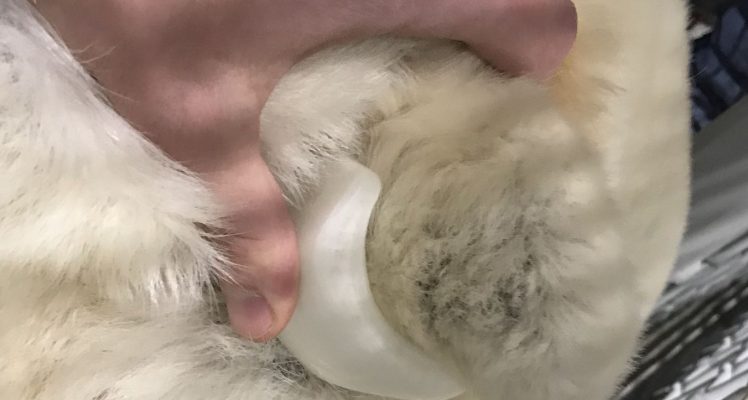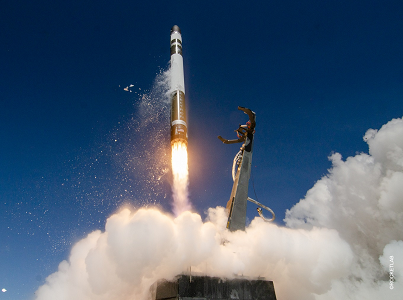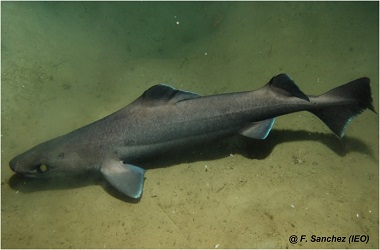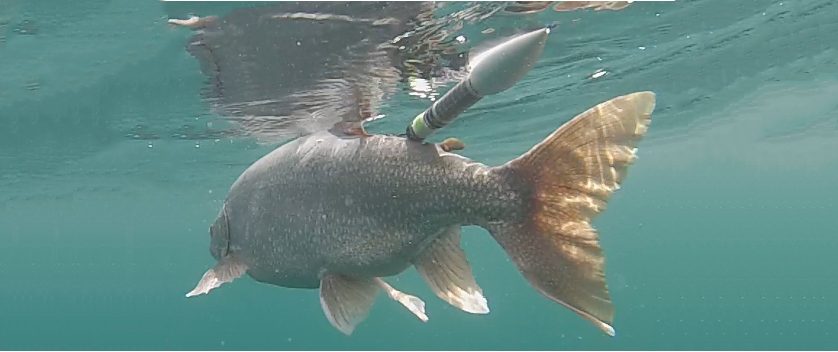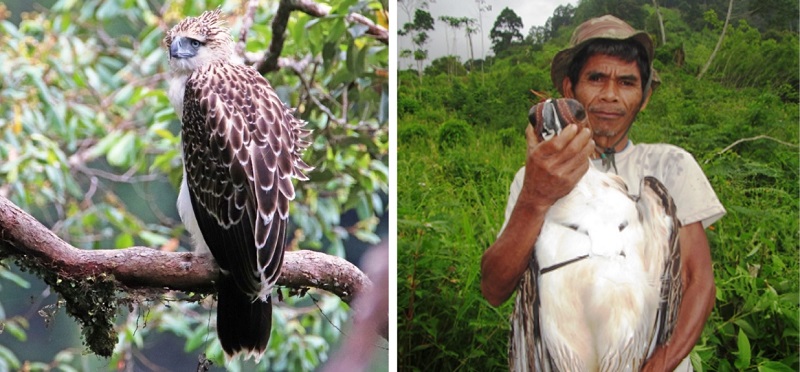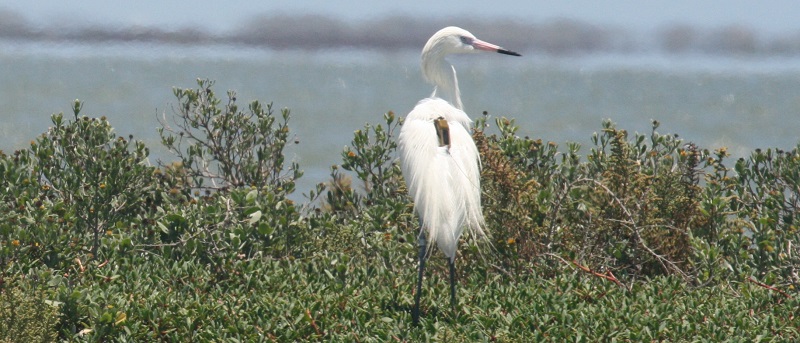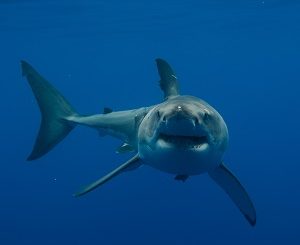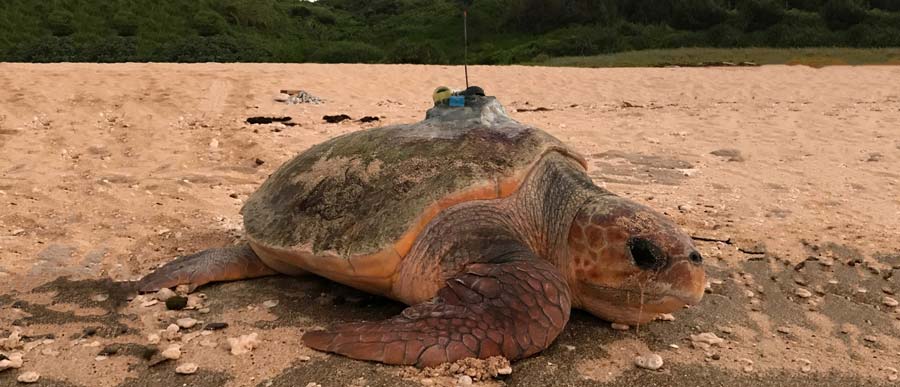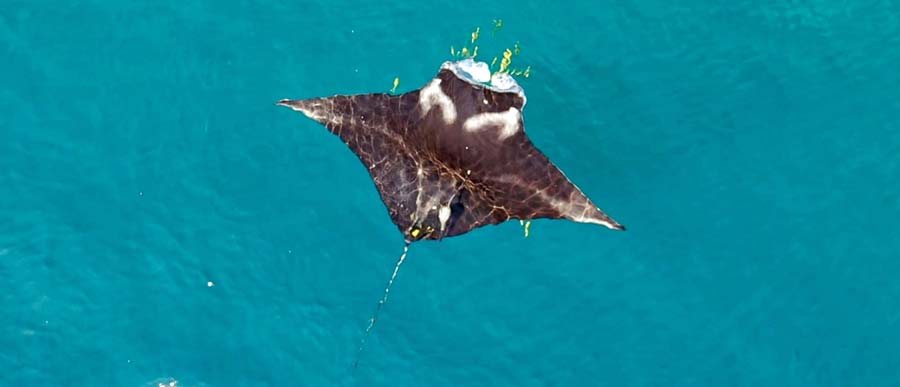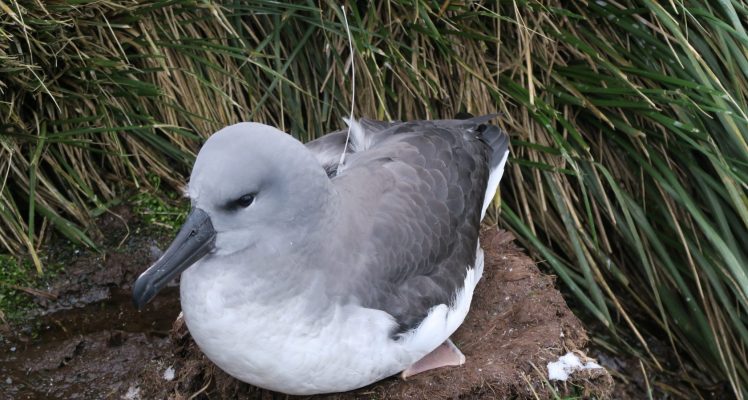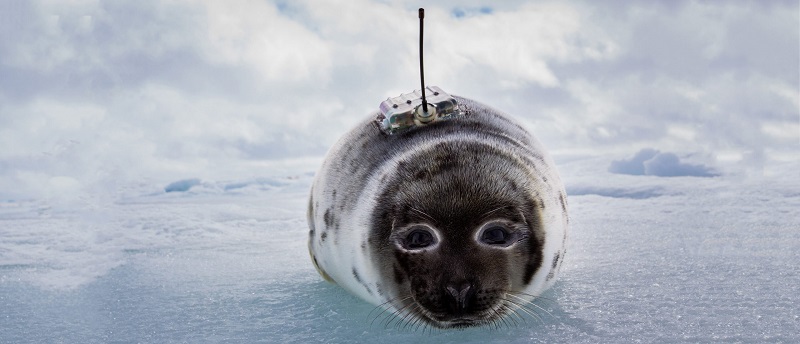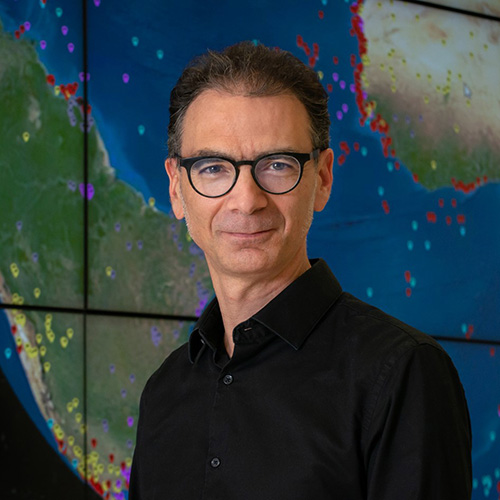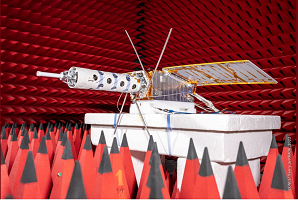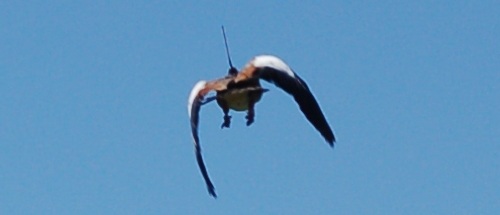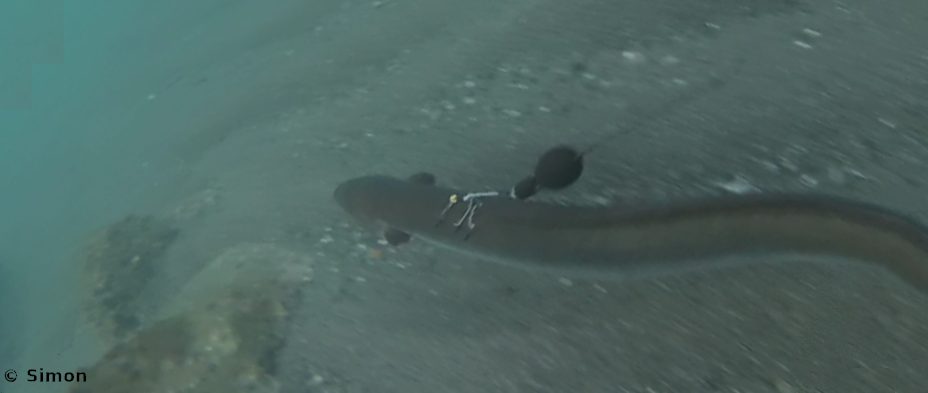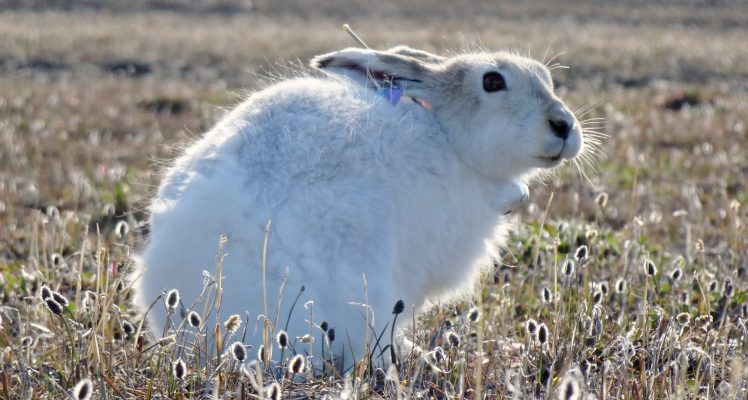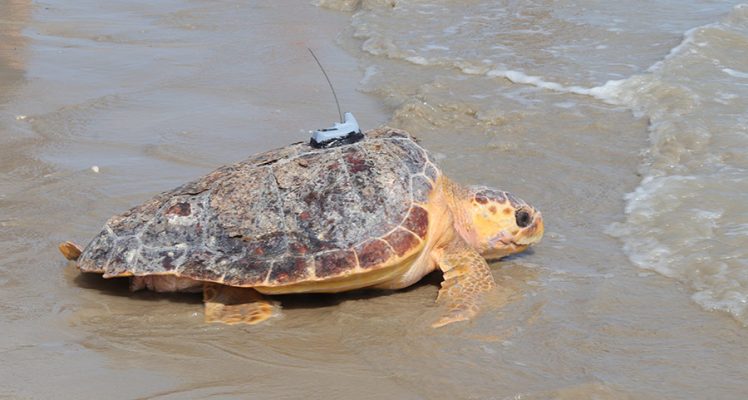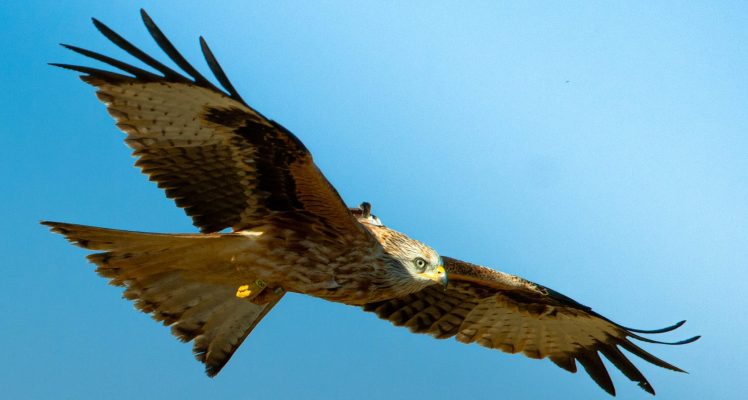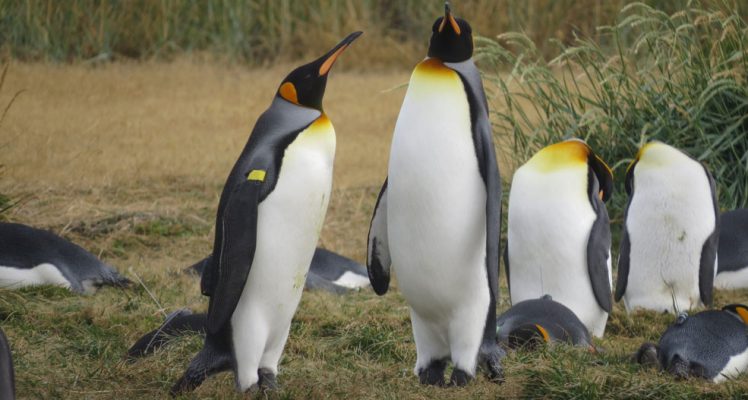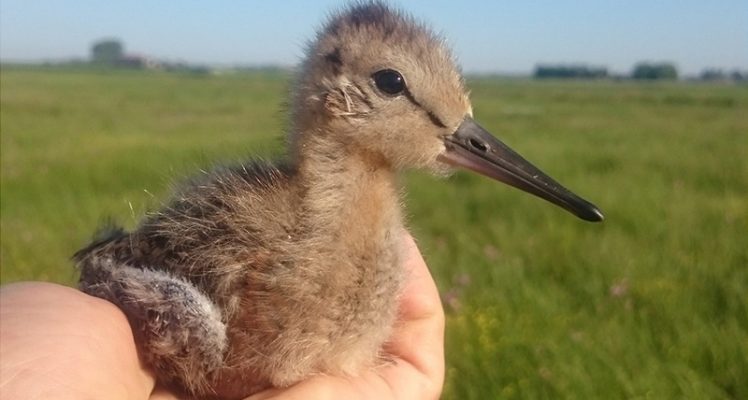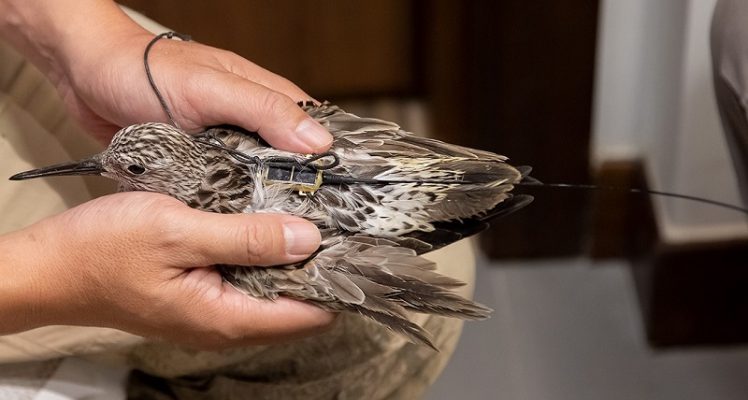Argos News
Search filters
Common Woodpigeons keep their breeding sites, change their wintering ones
Tracking animals help in understanding their behaviour, which can benefit to their protection, even for abundant species such as the common woodpigeons. Their behavioral plasticity, demonstrated by...
Beluga whales avoid ship noises
Beluga whales are Arctic cetacean very sensitive to noises, including underwater ship noises. For a long time, scarcity of such ships in the region meant it wasn’t a concern. With ice-free routes...
Do Juvenile Smooth Hammerhead sharks have a nursery in the Azores?
Smooth hammerhead sharks are a threatened species of shark – as most shark species. Locating their essential habitats, like the nurseries could make a difference in their protection. Argos can help...
A new tag to record diving behavior of large whales
A new tag dedicated to large whale has been developped and tested. It enables to record dive behaviors, using a software detection event to better summarize and compress the data to be used during...
Lost shark tag found thanks to the Animal Telemetry Network and the Argos goniometer
Marcus Drymon, Assistant Extension Professor at Mississippi State University Marine Fisheries Specialist and Dr. Greg Skomal, an accomplished marine biologist who we interviewed for Shark Week, were...
Breaking news: Engineers and scientists collaborate to develop the first open-source Argos ear tag
For over a decade, researchers have been working on improving radio telemetry devices for polar bears. In 2018, the U.S. Fish and Wildlife Service, the World Wildlife Fund, IDEO, and MistyWest...
Argos metamorphosis update: not one but two Argos-4 instruments to be launched in the coming weeks!
We are just few weeks away from the planned launches of two Argos-4 payloads, an advanced satellite instrument that will track the movement of wildlife, as well as critical environmental data around...
Hudsonian godwits cross the windy ocean
The Hudsonian godwit is a migratory bird travelling a marathon, transoceanic flight from South America to Arctic or sub-Arctic North America. Their flight paths tracked using Argos, in relation with...
Dog recovers lost Argos tag from a Leafscale Gulper Shark
At the end of March 2022, Cristina Rodríguez-Cabello researcher of the Spanish Institute of Oceanography (IEO) in Santander (Spain), was working at her Centre when she received an unexpected yet...
Lake charr ecotypes’ habitats differ
Lake charrs are freshwater fish found in the Laurentian Great Lakes (North America), among others. They nearly disappeared, but restoration was successful at least in Lake Superior. Understanding...
Philippine eagles forage in human fragmented forests
Protecting critically endangered species aims to better assess where and when the main threats to these species occurs. Using satellite telemetry technology, Philippine eagles were tracked to define...
Identifying reddish egrets stopover sites to protect their migrations
Migratory birds, especially those which depend on coastal wetland habitats, are among the threatened animals. Identifying the key sites in their life cycle, including the stopovers used during...
Shark week: Dr. Gregory Skomal talks tagging and what the future constellation will bring
"I think anyone who’s used Argos will have to admit that they’ve learned something revelatory. The more we use Argos to track animal movements, the more we see that their movements are far more...
Japan-nesting loggerhead turtles foraging habitats
Loggerhead turtles can forage either on continental shelf or in the open ocean. The North Pacific population, nesting whole in Japan show both behaviours. Their foraging areas are pinpointing using...
A nursery for juvenile reef manta rays
Reef manta rays are a vulnerable species. They grow up in protected shallow areas such as lagoons. Tracking them with Argos can help to confirm that a given lagoon is a nursery for this species...
Juvenile grey-headed albatrosses learn to decode their environment
Uncovering how young animals learn to move efficiently and find food, is one of the many possible uses of satellite telemetry. Here, researchers from British Antarctic Survey satellite-tracked...
Harp seal juveniles learn on their own
Harp seal juveniles leave their native ice pack to forage and migrate on their own. Tracking them and recording their dive can help understand how they manage their first year. Ultimately, the...
How can CLS support your daily operations with Argos?
This month we've decided to take you back stage to meet Charles Drieu La Rochelle, member of the user support team in France, to find out more about CLS Group's excellent customer care. What are the...
Argos metamorphosis update: Full-scale testing of Kinéis’ 25 nanosats has begun!
Ever wondered how small tags like the one on this cuckoo can communicate with satellites that are up to 650 km away? It all comes down to the highly sensitive receivers that make the Argos system so...
How do Egyptian geese find their way?
One of the mysteries of migrant animals is their ability to find their way back and forth during their long-range travels. Several hypothesis were tested on Egyptian geese to try to understand their...
How many Mediterranean migrating eels are eaten on their way to the Atlantic?
Analysis of migrating eels’ tracks can provide with estimate of the rate of predation on them. It seems that half of the migrating silver eels released on the French Mediterranean coast can be...
Are the Arctic hares migrating?
A number of animals are migratory. The hares do not leap to mind when listing migrating animals. However, satellite telemetry confirms arctic hares very probably migrate in Northern Canadian Arctic....
Turtles in the Bay of Biscay
Juvenile sea turtles are cared and rehabilitated at Aquarium La Rochelle, in France. Since 2008, a few of them were equipped with Argos PTTs before being released. Analysis of their tracks could...
Red Kites wintering in Spain
Red kites are medium-sized partially migratory raptor. They often winter in Spain, but their behaviour there and during those non-breeding periods have not been extensively studied using satellite...
A new king penguin colony in Magellan Strait?
King penguins are living around Antarctica, breeding on some of the sub-Antarctic islands. A new colony seems to have been established in Magellan strait, showing the high plasticity of the species....
Identifying whale migration routes in the global oceans
WWF has just published a report using 30 years of tracking for a meta-analysis of whale migration routes over all the oceans. This map of “migration highways” should help in protecting whales in...
Juveniles black-tailed godwit tracked
Tracking a European shorebird called the Black-tailed godwit (Limosa l. limosa) has previously revealed that different populations of godwits have different migratory behaviours (see Black-tailed...
Sea turtles in tropical cyclones
Collecting sea turtle-borne temperature and depth sensor data with Argos satellite telemetry tags helps to sample the first 100 m layer of tropical oceans, where tropical storms and cyclones take...
Ringed seals in a Svalbard lagoon
Ringed seals are dependent on sea ice. Throughout the Arctic, including around the Svalbard Archipelago, sea ice is declining rapidly, thus threatening these seals. Their use of a coastal lagoon was...
The Hong Kong Bird Watching Society shares their experience with Argos to help understand migration routes and stopover sites of the Great Knot
The Great Knot is an endangered shorebird and a long-distance migrant. Its activity was found to be mainly along the coast and was suspected to have few stopovers; while juveniles were recorded...

